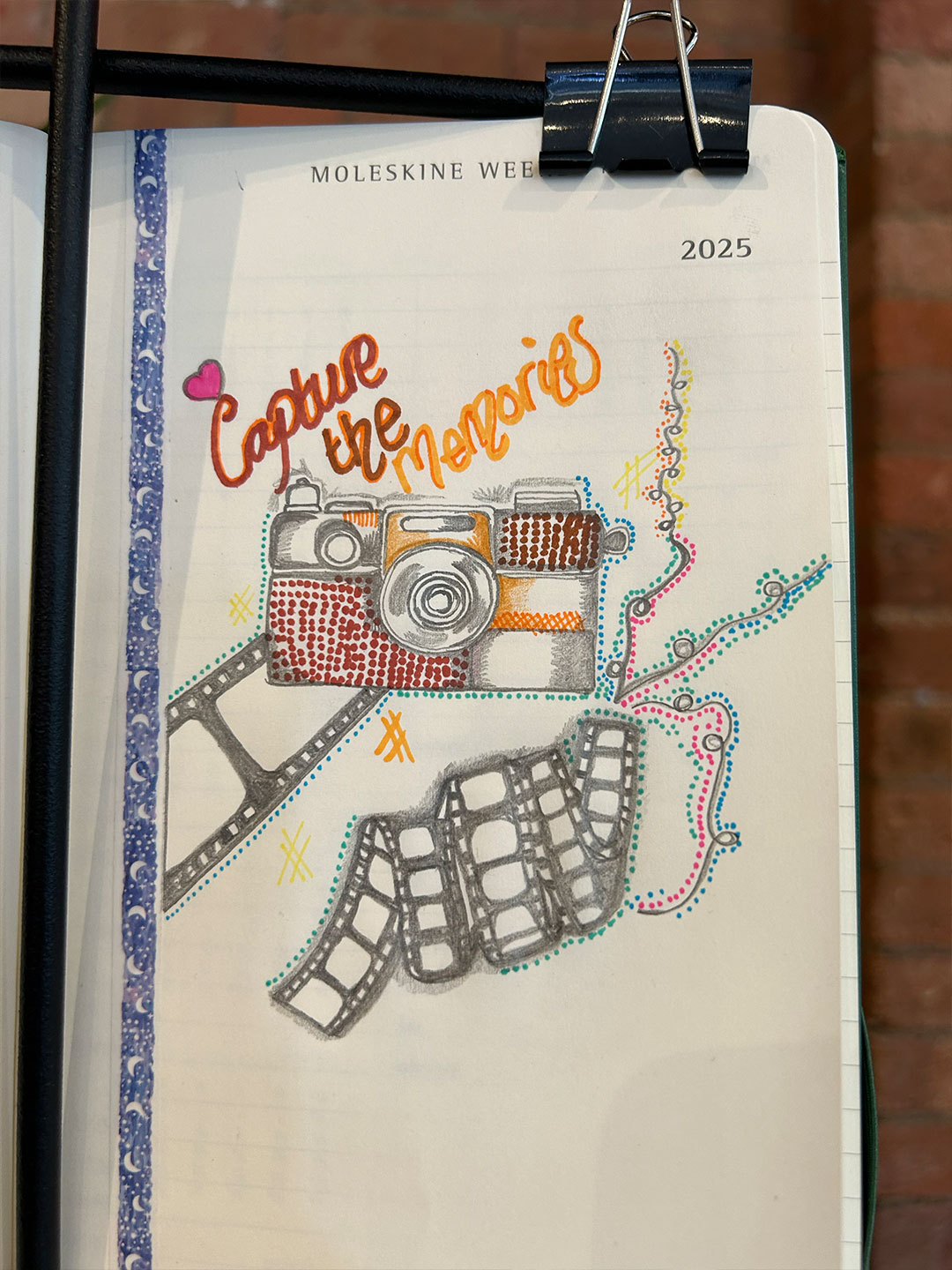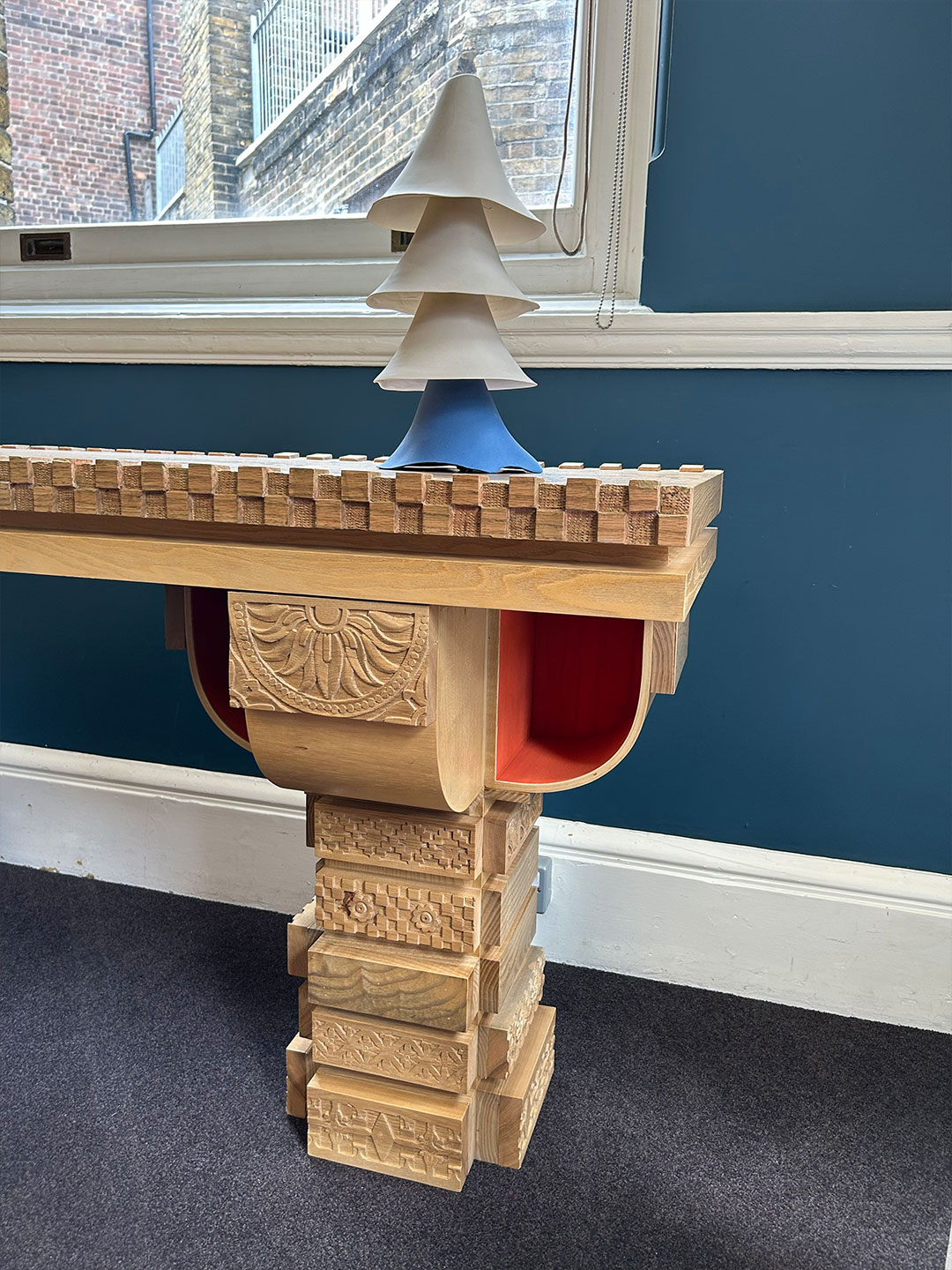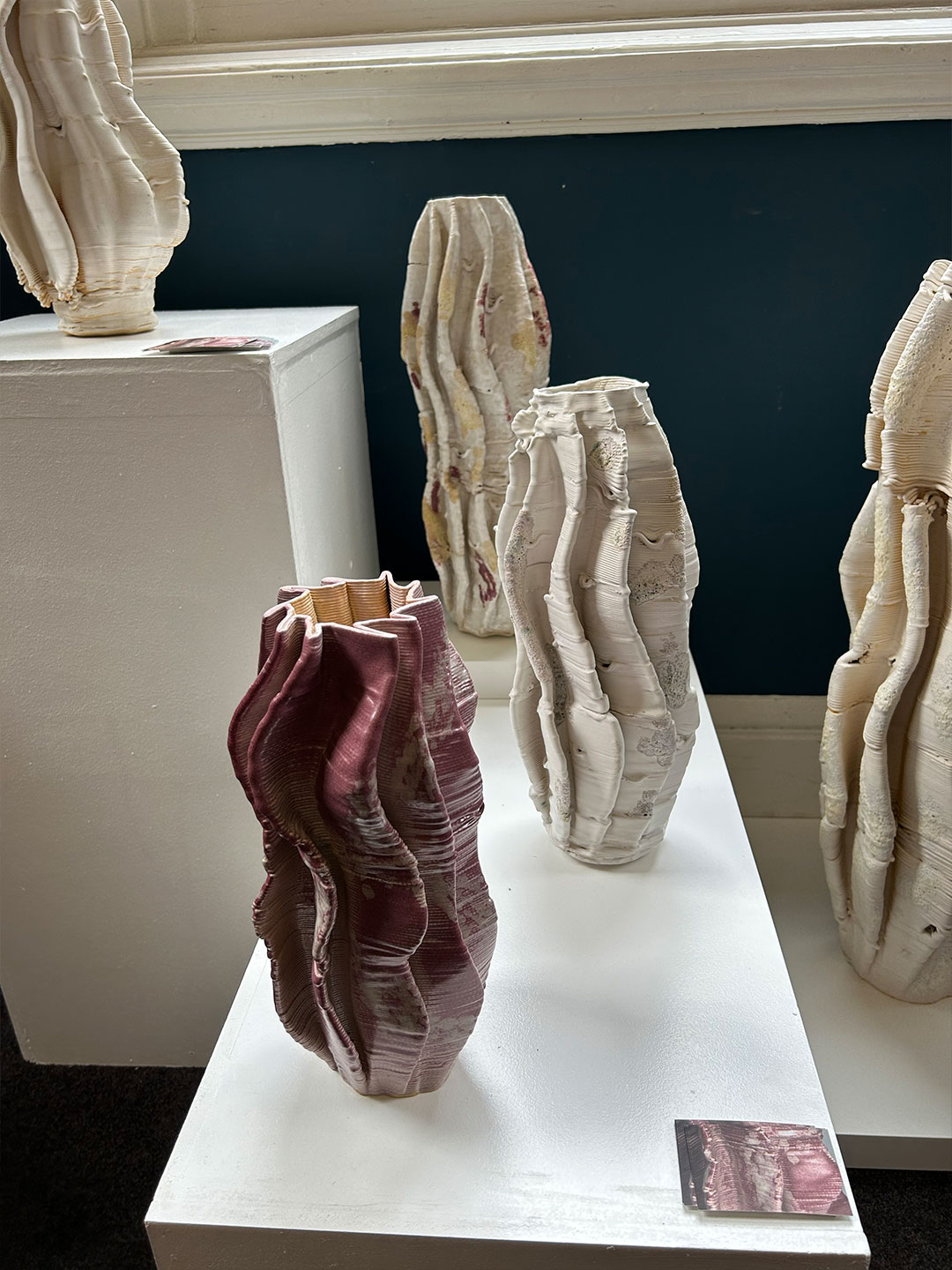

London Design Week refers broadly to design-oriented activations, shows, and gatherings in London—often overlapping or complementing the more formal London Design Festival. The core London Design Festival, as of 2025, runs from 13 to 21 September. In 2025, PHOENIX sent an employee to span both the spring London Design Week (Chelsea Harbour interior showcase) and the broader London Design Festival to gain panoramic exposure.
No digital feed, press release, or virtual tour can fully replicate the spatial, sensory, and contextual richness of walking through a live design event. Our employee can:
For a studio like PHOENIX that places innovation and wellbeing at its core, such real-world scanning is a critical input into design strategy.
Before sending an employee to any event, fair, or other similar occasion. PHOENIX defines a few guiding lenses:
These lenses shape the route, note-taking, and photo capture. Sven Feustel, Principal Industrial Designer, attended the London Design Week 2025. Here is some of what he brought back to us.
London Design Festival is distributed throughout Design Districts, such as Shoreditch, Mayfair, Brompton, Clerkenwell, and Park Royal (londondesignfestival.com). Sven prioritised:
In addition, Sven visited pop-ups such as Apparatus Open Gallery (7 Mount Street, W1), which showcased lighting, furniture, and curated objects.
One of the clearest through-lines was material experimentation. Recycled composites, bio-resins, mycelium-based substrates, and reclaimed wood treatments surfaced repeatedly. Sven noted:
Sustainability was not treated as an add-on but as an inherent structure in many exhibits.



Designs increasingly foreground wellbeing: living walls, multisensory zones, daylight modulation, acoustic cushioning. For example:
These gestures align well with PHOENIX's interest in human-centric, wellbeing-inflected design.
While less ubiquitous than materials or biophilia:
This hybridisation between physical object and digital layer is a nascent but growing frontier.
In many booths, local makers, artisans, and micro-studios were given voice. These displayed:
This suggested a design hunger for authenticity and local anchoring.
Many booths used textural sequencing to guide the visitor's tactile journey. Also, transitional thresholds (screens, fabric curtains, porous facades) created moments of pause.
Subtle lighting strategies stood out:
These moves reinforced the narrative mood of each exhibit.
Successful installations often had narrative arcs—a beginning, middle, and resolution—as one moved through them. Programs with minimal signage leaned on atmospheric cues (flooring changes, colour shifts) rather than explicit direction.



High foot traffic led to crowding in popular nodes, diluting the impact of smaller-scale gems. Some installations lacked front-to-back legibility—once crowded, their depth suffered.
In a few hybrid exhibits, the digital overlay felt tacked on rather than integrated. Mismatches in scale, resolution, or latency that broke immersion.
In the spirit of openness, we are sharing the report Sven presented to us with our community partners. You can download it here: